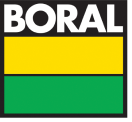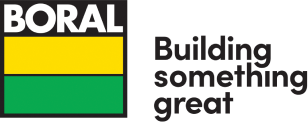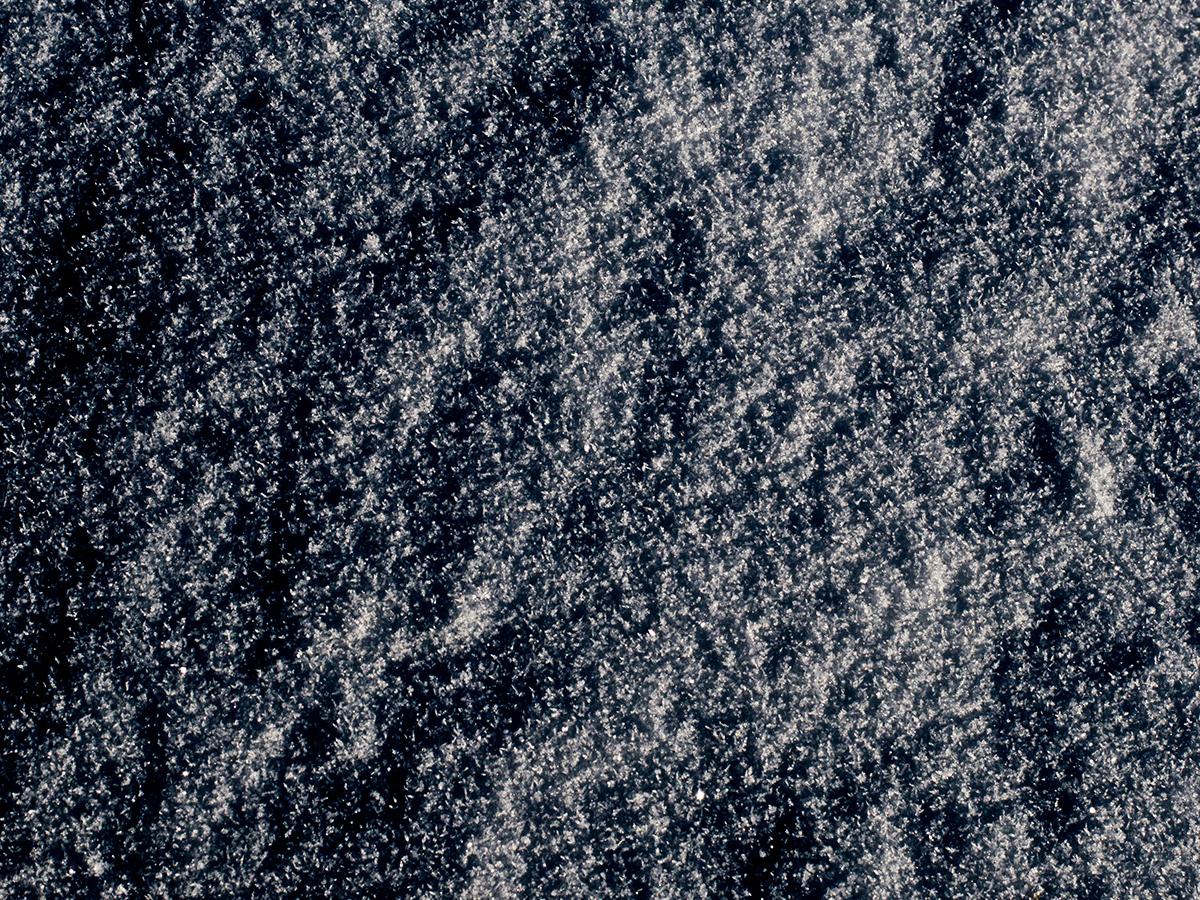As the construction industry accelerates its shift toward sustainability, Ashcrete is gaining attention as a powerful alternative to traditional concrete. This innovative material not only reduces carbon emissions but also repurposes industrial waste—making it a standout in the world of eco-concrete.
What is Ashcrete?
Ashcrete is a type of green concrete that uses fly ash—a by-product of coal-fired power generation—as a substitute for Portland cement. Fly ash is rich in silica and alumina, which, when activated with alkaline solutions, forms a strong binder. This geopolymer-based concrete offers a significantly lower carbon footprint compared to conventional mixes.
By replacing cement, Ashcrete helps reduce the environmental impact of construction while also diverting waste from landfills.
How Boral Uses Fly Ash in Low Carbon Concrete
Boral has long recognised the value of fly ash as a supplementary cementitious material (SCM). In its low carbon concrete range, Boral incorporates fly ash alongside other SCMs like ground-granulated blast-furnace slag (GGBFS) to reduce the embodied carbon of concrete by up to 70%.
These materials are used in Boral’s three flagship low carbon concrete products:
- ENVIROCRETE® – Ideal for general applications where early strength is not critical.
- ENVIROCRETE® PLUS – Offers improved early strength and drying shrinkage performance.
- ENVISIA® – Delivers superior early strength, low shrinkage, and a high-quality off-form finish, making it suitable for architectural and structural applications.
ZEP® Technology: A Step Beyond Fly Ash
While fly ash is a valuable SCM, Boral has gone further with its proprietary ZEP® technology. This advanced binder system enhances the performance of low carbon concrete beyond what traditional SCMs can achieve. ZEP® enables Boral’s concrete to maintain excellent early age strength, reduced shrinkage, and superior durability—even in demanding applications like precast and post-tensioned slabs.
In fact, ZEP® allows Boral to overcome the limitations often associated with high SCM content, such as delayed setting times and reduced workability. This makes it a more versatile and reliable solution for modern construction.
Benefits of Ashcrete and Boral’s Low Carbon Concrete
- Significant Carbon Reduction: Ashcrete and Boral’s low carbon concrete can reduce embodied carbon by up to 70%.
- Waste Utilisation: Fly ash, a waste product, is repurposed into a valuable construction material.
- Durability and Strength: With ZEP® technology, Boral’s products deliver high performance without compromise.
- Widespread Availability: Boral offers low carbon concrete from over 160 batching plants across Australia, with 30% of its concrete sales now coming from this sustainable range.
The Future of Sustainable Concrete
Ashcrete represents a critical step in the evolution of sustainable concrete. When combined with innovations like Boral’s ZEP® technology, it becomes part of a broader strategy to decarbonise construction without sacrificing quality or efficiency.
As the industry continues to prioritise low-carbon solutions, materials like Ashcrete—and companies like Boral—are helping to lay the foundation for a greener, more resilient built environment.


